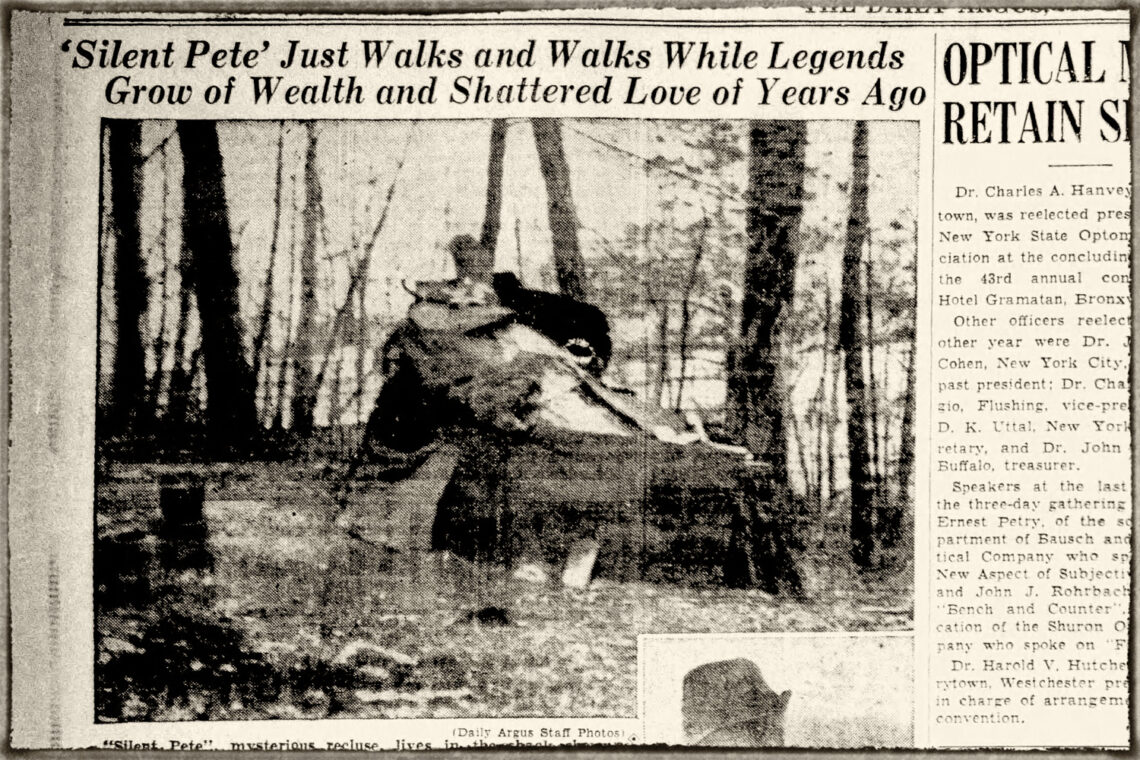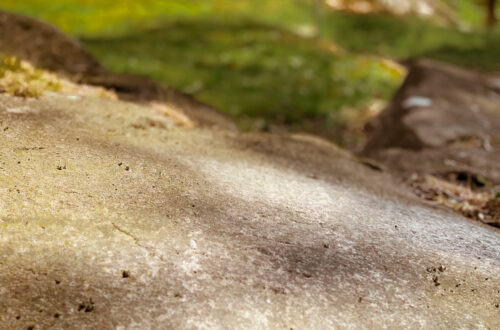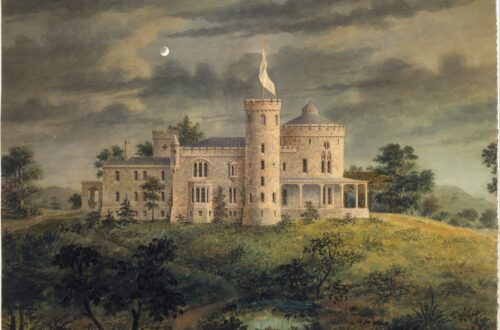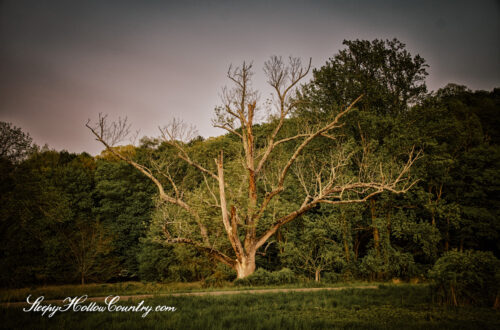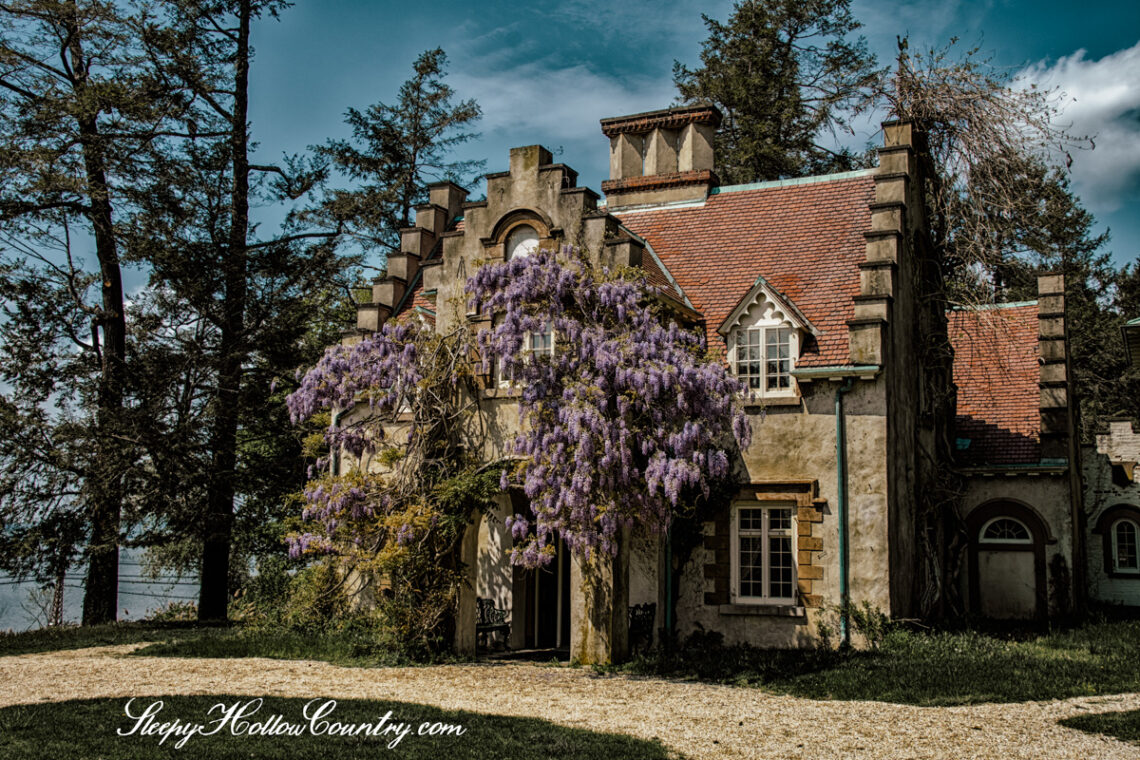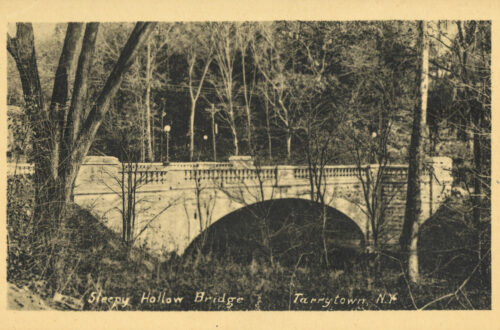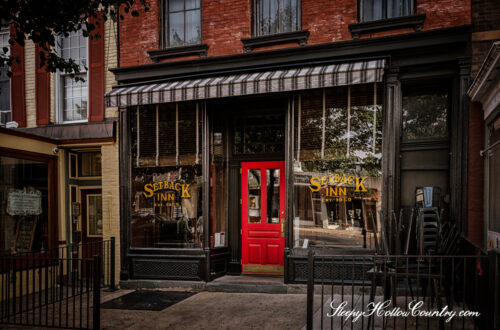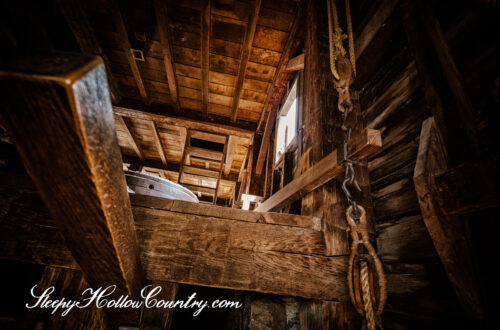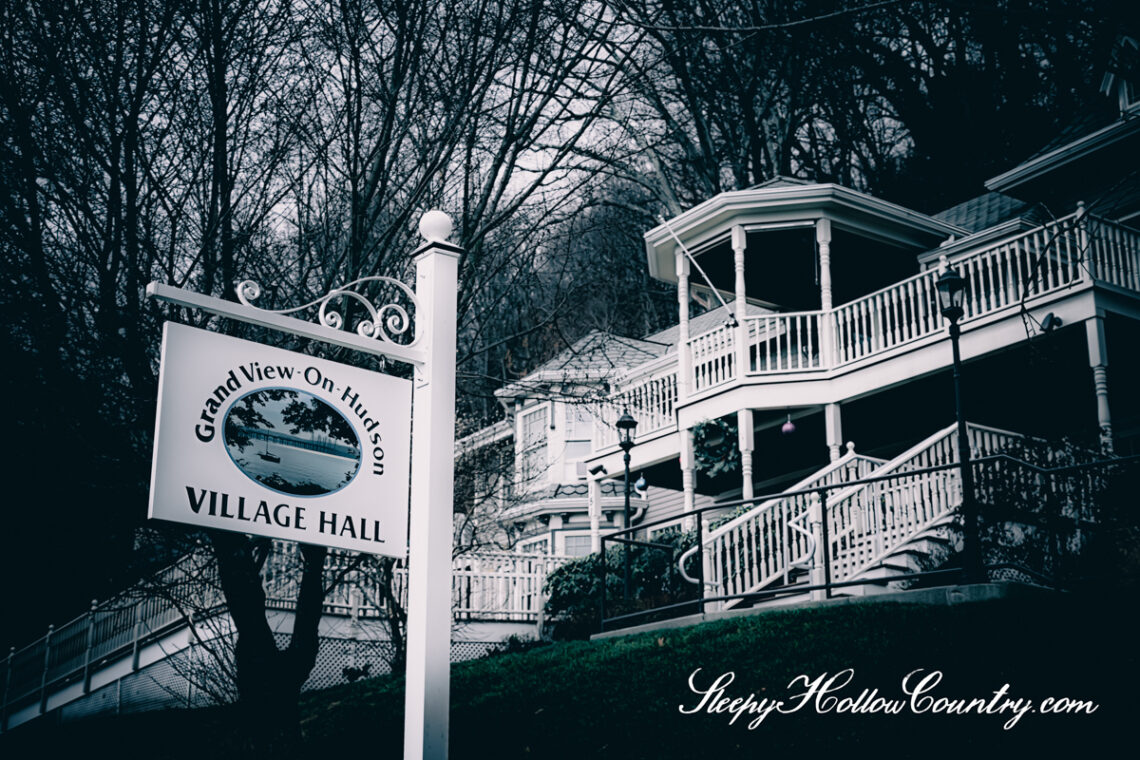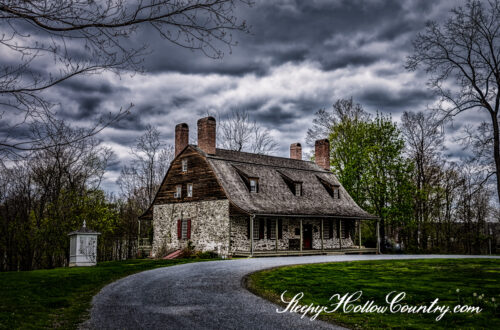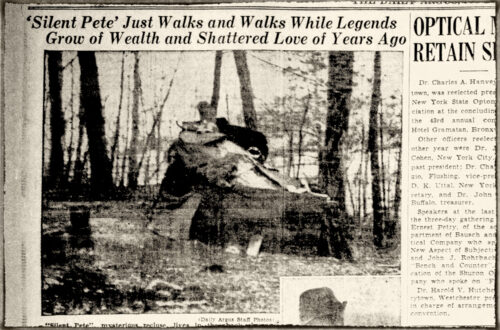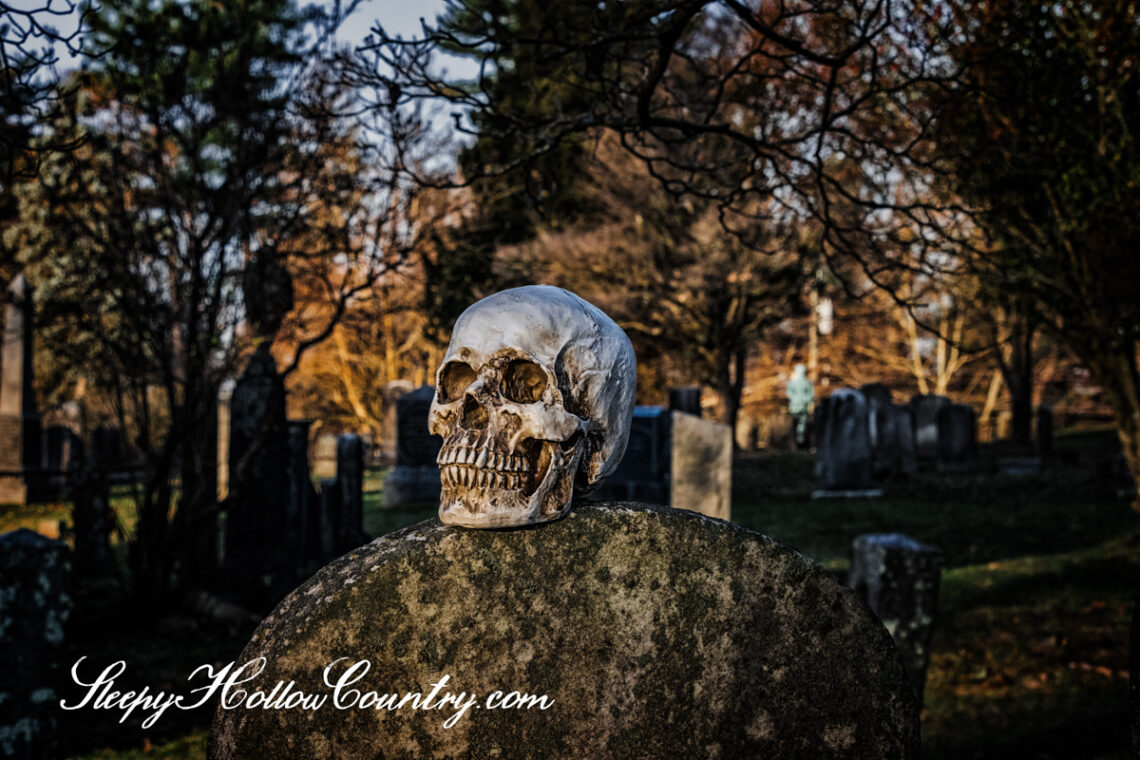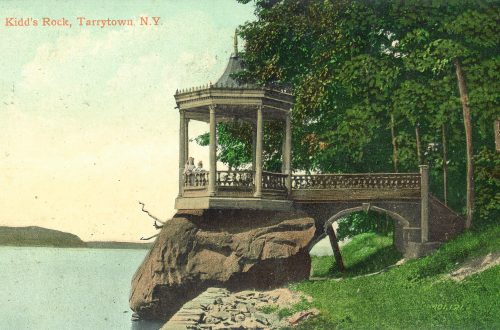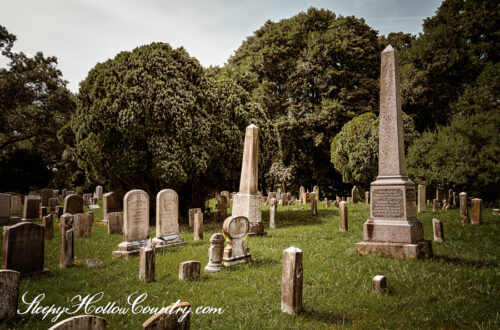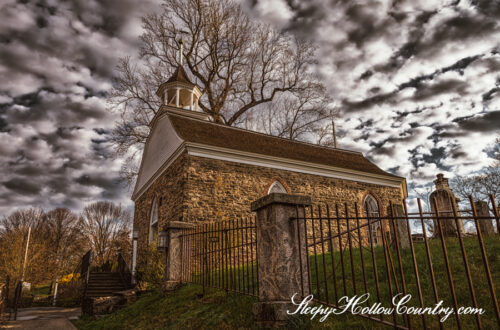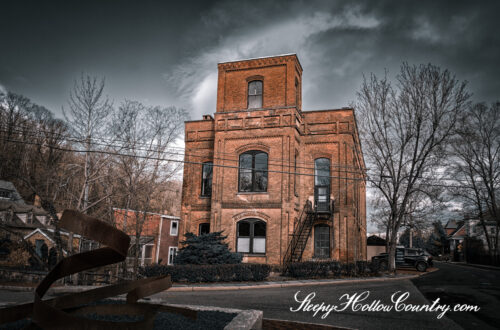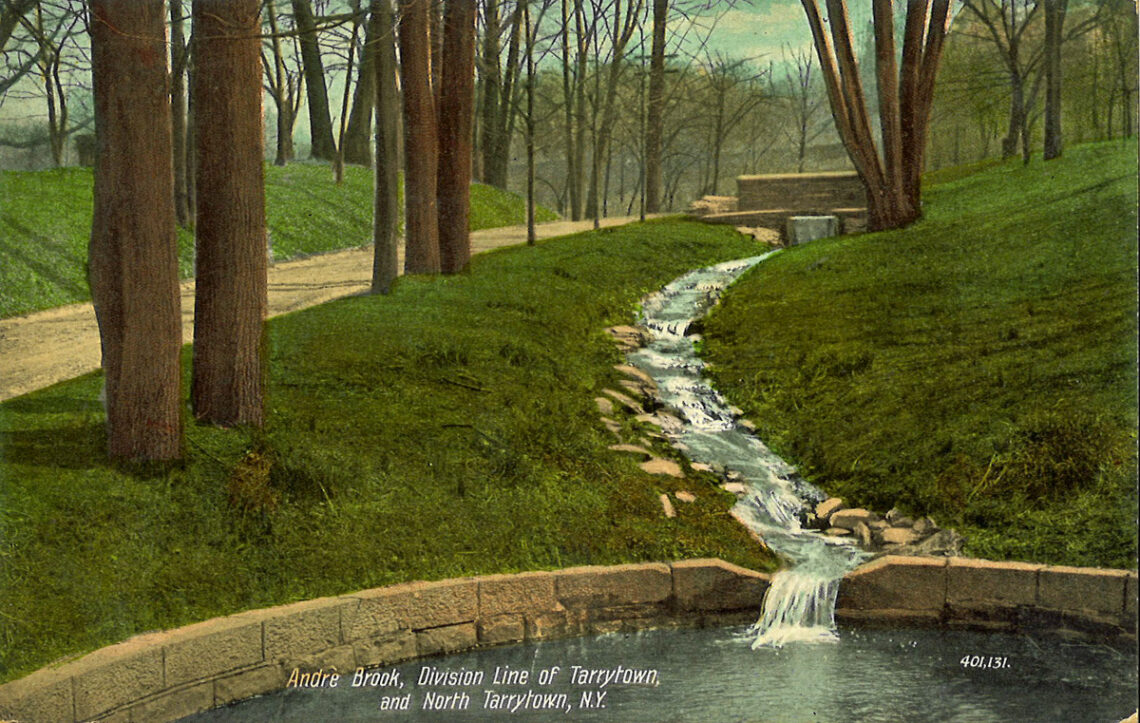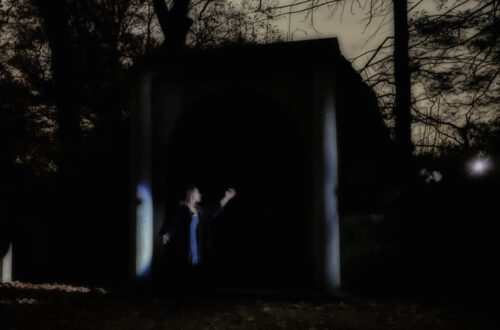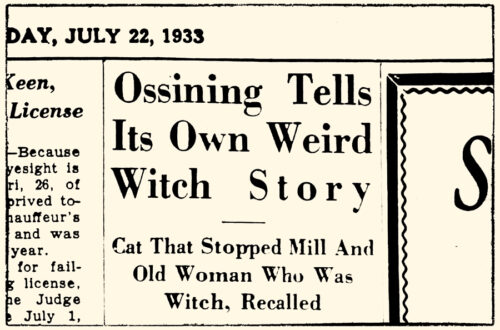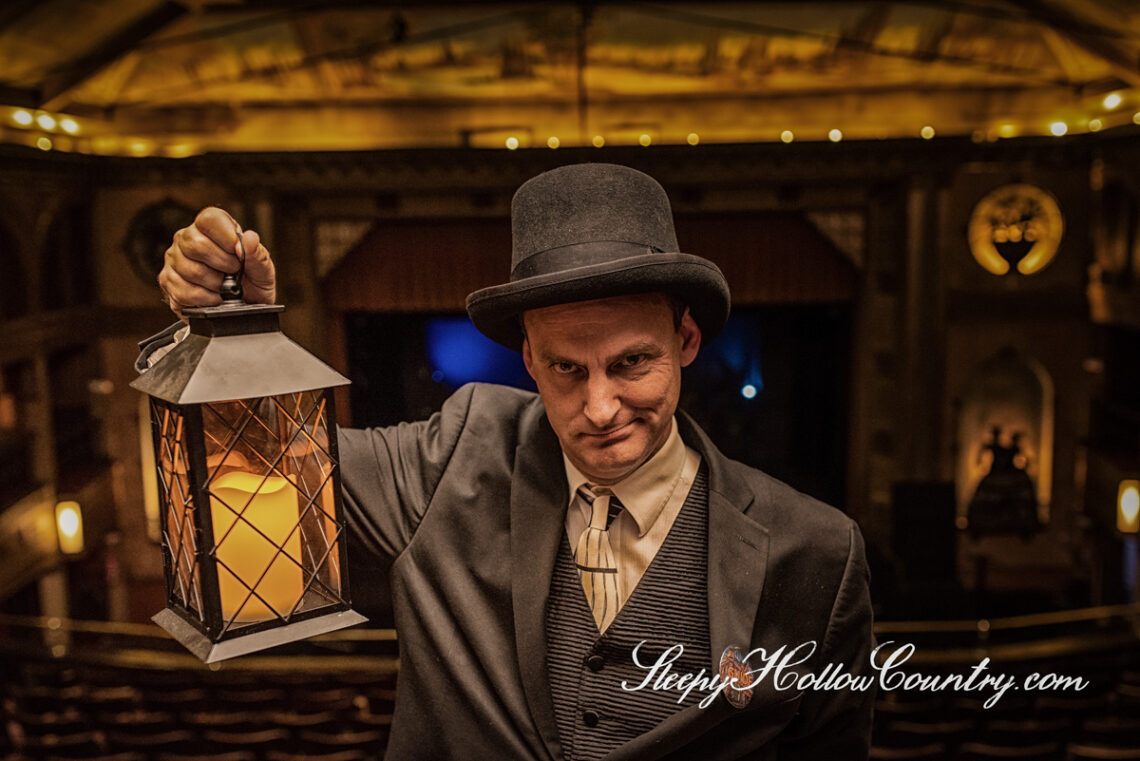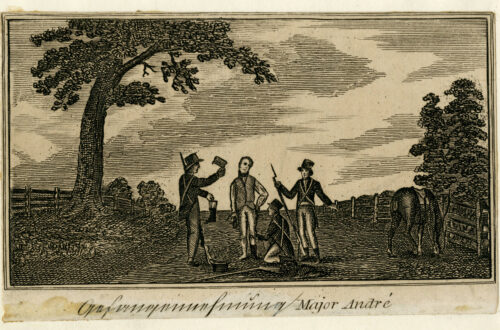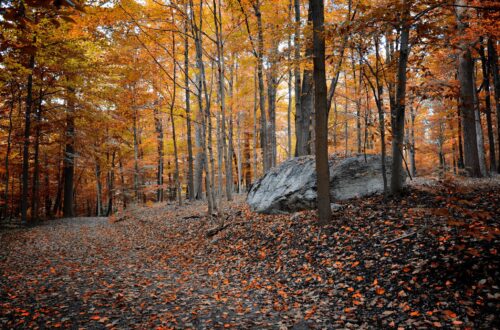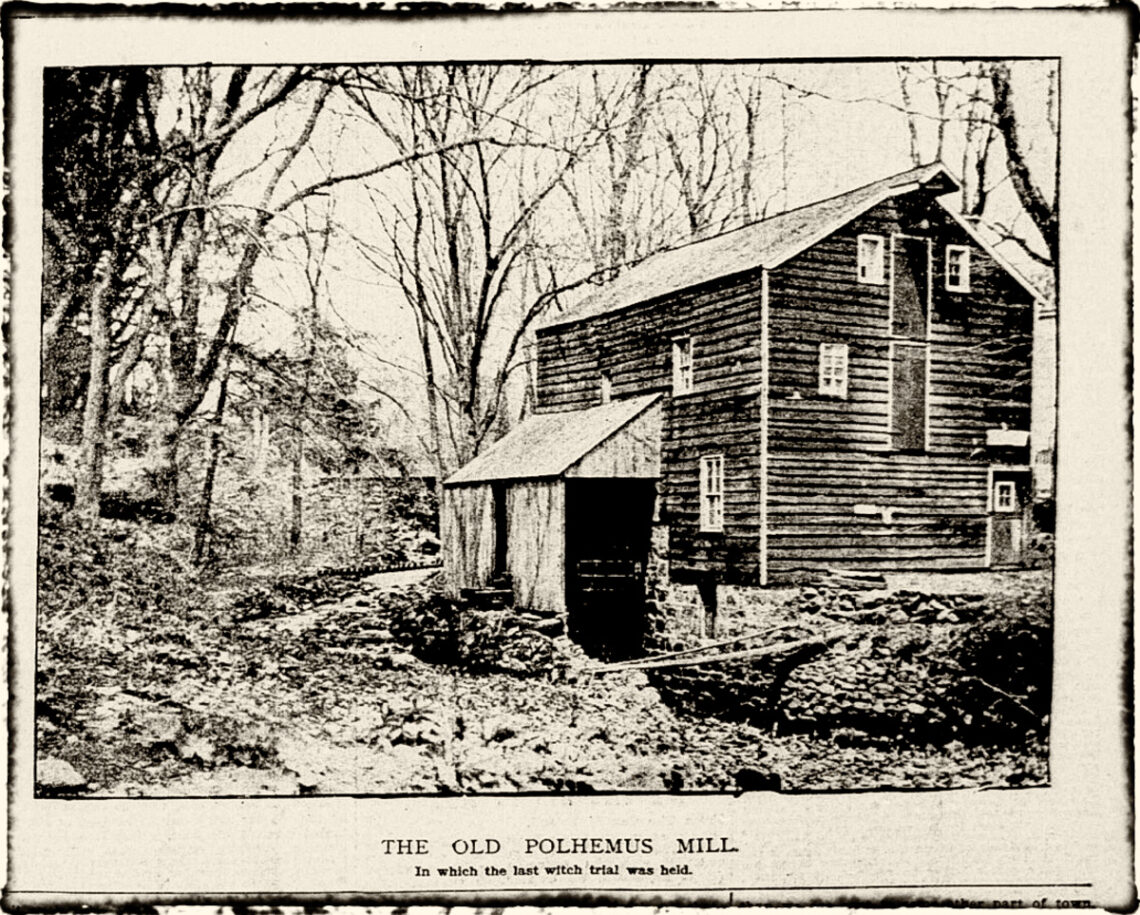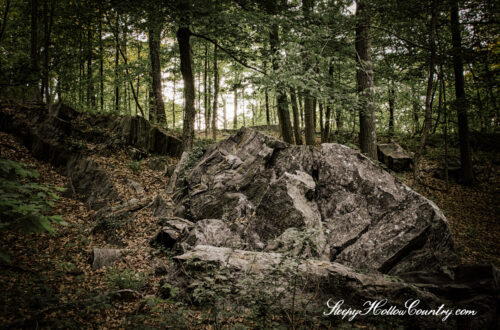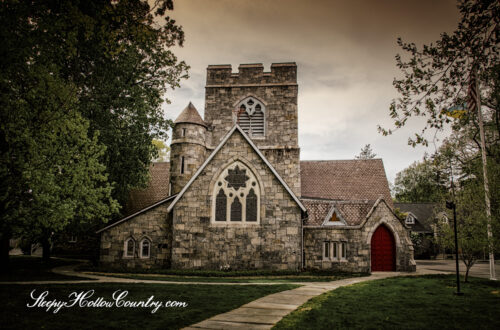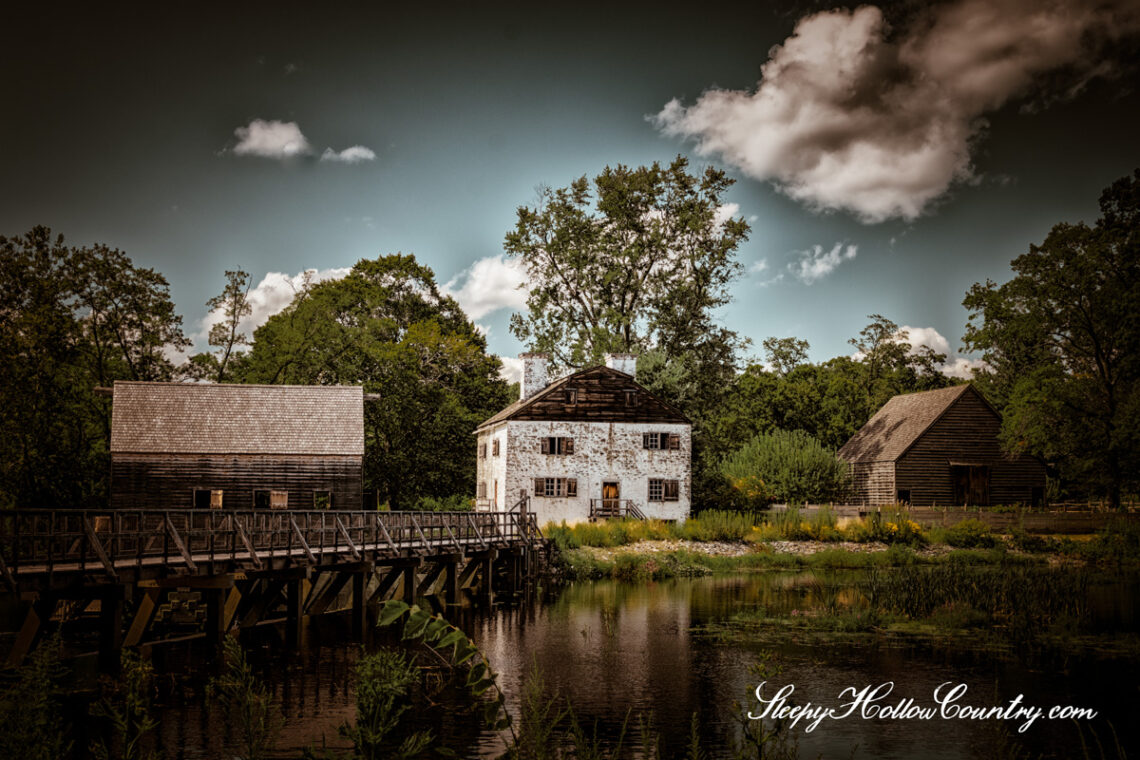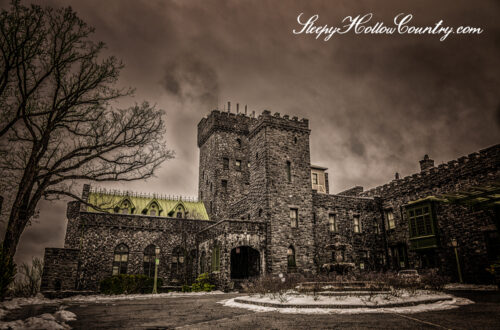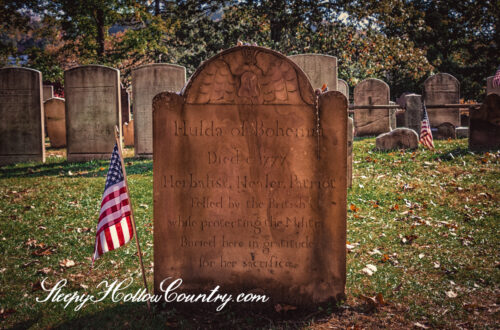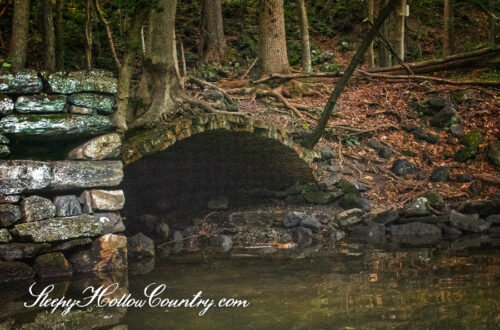-
The Lonely Life of Silent Pete
“For nearly 20 years—as far as anyone knows—a shabby, slouching figure of a man has been walking daily between Yonkers and North Tarrytown, creating for Hudson Valley residents a new legend. He never speaks: so he’s called Silent Pete. Iron Mike and Nothing Joe. He just walks.” The Tarrytown Daily News, Tarrytown, NY. May 19, 1938. Tarrytown and North Tarrytown (today’s Sleepy Hollow) were once the haunts of Silent Pete, a reclusive and mysterious character who walked a regular route along the river towns in southern Westchester County. Reclusive and mysterious characters aren’t in short supply in Sleepy Hollow Country. In fact, Silent Pete picked up the mantle from two…
-
Sunnyside: Mr. Irving Builds his Dream House
“I am more and more in the notion of having that little cottage below Oscar’s house, and wish you to tell him to endeavor to get it for me. I am willing to pay a little unreasonably for it, and should like to have it in time to make any alterations that may be advisable, as early as possible in the spring.” The Life and Letters of Washington Irving, Vol. 3, pg. 30. Dutch immigrant Wolfert Acker lived in a modest farmhouse that was part of the many tenant properties on the Philipse Manor. It was situated on the Hudson River in a small hollow in the land on a…
-
Tragedy at the Boutonville Oak
Let’s hike in the woods of the Ward Pound Ridge Reservation to the Boutonville Oak. We can thread along roads and trails, traverse hollows, and make our way along densely wooded hillsides. It is a nature preserve of nearly 4,400 acres and one of Sleepy Hollow Country’s largest parks. It has a deep and storied history and the many points of interest can lead from one legend to the next. History of the Boutonville Oak Embedded on the far eastern border though, towers an ancient and gnarled oak tree. Known locally as the Boutonville Oak, for its proximity to the hamlet of Boutonville, this sentinel in the landscape took root…
-
The Ghost of Grand View
“It was not long after that when towels were mysteriously removed from the bathroom and left in fantastic shapes in various parts of the house. Whenever all the occupants left the house, things were sure to be turned topsyturvy. Clocks stopped, trunks were unlocked, furniture displaced, but there was never any evidence that these things had been done for the purpose of plunder.” The New York Herald, August 27th, 1908. The Ghost of Grand View Arrives Something strange was happening in the Blauvelt house in the summer of 1908. It began when Mrs. Blauvelt came home to find what appeared to her to be an elderly man sitting on her…
-
Ghoulish Jokester Robs a Grave
“Echoes of Ichabod Crane’s ghost stories in the Tarrytown cemetery led to the discovery early today that some one had removed a skull from a pauper grave and placed it on top of a tombstone in the conventionally gruesome manner.” -The Washington Times, May 25, 1929 One night in May 1929 a person passing through the hamlet of East View received quite a jolt at the sight of a human skull atop a tombstone in the county poorhouse cemetery. Not bothering to give his name, the individual reported to Town of Greenburgh police that a ghost was roaming the cemetery. Sergeant Dunkel investigated and found the skull placed on top…
-
The Man, The Myth, The Legend: Washington Irving. Part 1: A Venturesome Urchin!
The year was 1783. The day was April 3rd. The place was 131 William Street, Manhattan, New York. It was a surreal week for those residing in old Gotham. After eight arduous years of occupation in the city, the British had called a ceasefire, effectively ending the American Revolution. We were no longer the colonies, but the United States. A new republic! There was a collective sigh of relief from the former colonists. William Irving, Sr. was a Scottish merchant and former petty officer of the British Navy, and his Cornish wife, Sarah Sanders were two of those who were consoled by the end of the hostilities. Right after their…
-
Patriot’s Park
Located on the cusp of Tarrytown and Sleepy Hollow lies a rolling green space known today as Patriot’s Park. Named for being the famous location of the capture of John André by local patriot militiamen in 1780, the park boasts the capture monument and memorial, but also features other last vestiges of other pieces of local history and folklore. The earliest known historical act of significance where Patriot’s Park is located today is the capture of British Officer, John André as he was attempting to escape from behind enemy lines after helping infamous traitor Benedict Arnold. A large poplar tree supposedly marked the capture site, which was located about 200…
-
The Baychester Depot Ghost
Andrew J. Parker died “suddenly” at the age of 63 in September 1885 in the village of Pelham, NY. For most of his life, he worked as a chemist, and in Pelham, he had been the manager of the Neptune Powder Mill, a dynamite company. As an employee of a dynamite manufacturer, he lived much longer than anyone of that time would have figured; as it was a volatile and dangerous trade. But he was lucky to have survived and retired to spend time with his family. News reports at the time never explained exactly how Parker died, but not being blown to pieces was perhaps the most unexpected part…
-
The Witch of West Nyack
“This neighborhood has the doubtful honor of having been the scene of the last trial for witchcraft held in New York State, possibly the last among a so-called civilized people.” -The History of Rockland County, by Frank Bertangue Green Think of witches and Salem, Massachusetts comes to mind. But Sleepy Hollow Country has its own including Hulda the Witch of Sleepy Hollow and Jane Kanniff, the alleged witch of West Nyack. In the hamlet of West Nyack, six miles from Sleepy Hollow as the raven flies, is a historic marker at the site of the last witch trial in New York State. Some versions of her story use the name…
-
Philipsburg Manor
Drive North on Route 9 out of Sleepy Hollow and you’ll suddenly find yourself amidst trappings of a bygone era. An iconic white-washed stone building rests adjacent to a large and placid mill pond. Additional buildings, such as a mill and a barn linger nearby, framed by large picturesque trees. Squint and you might think you took a wrong turn and ended up in the wrong century. This is the remaining vestige of the early-18th century in Sleepy Hollow Country: Philipsburg Manor. The Lord of Philipsburg Manor In the 1680s, dutch immigrant, Frederick Philipse I had amassed nearly 52,000 acres of land on the eastern side of the Hudson River,…
